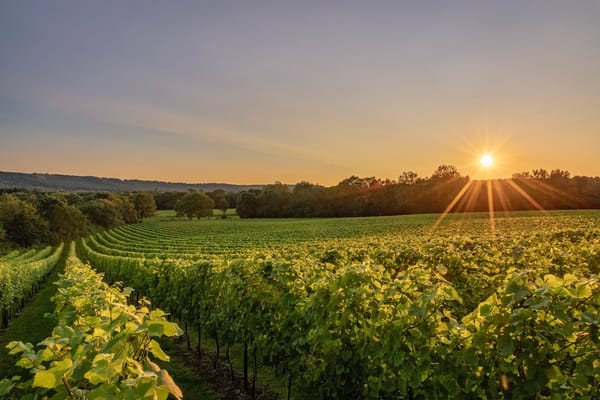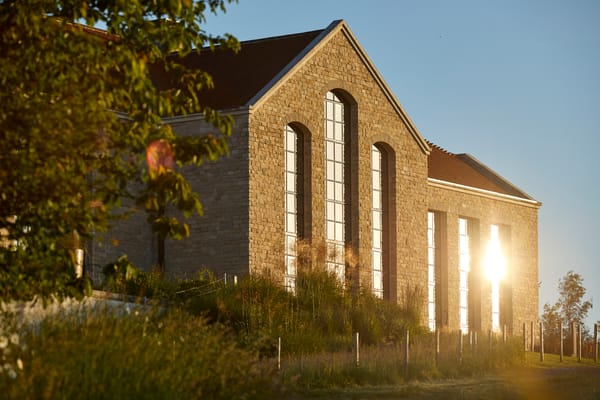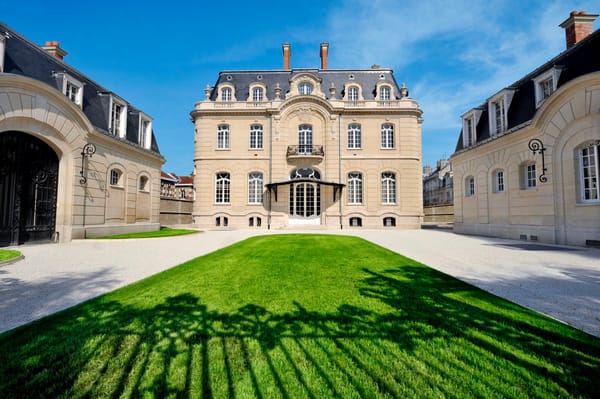Château d'Issan: A Legacy of Excellence in Margaux Wines
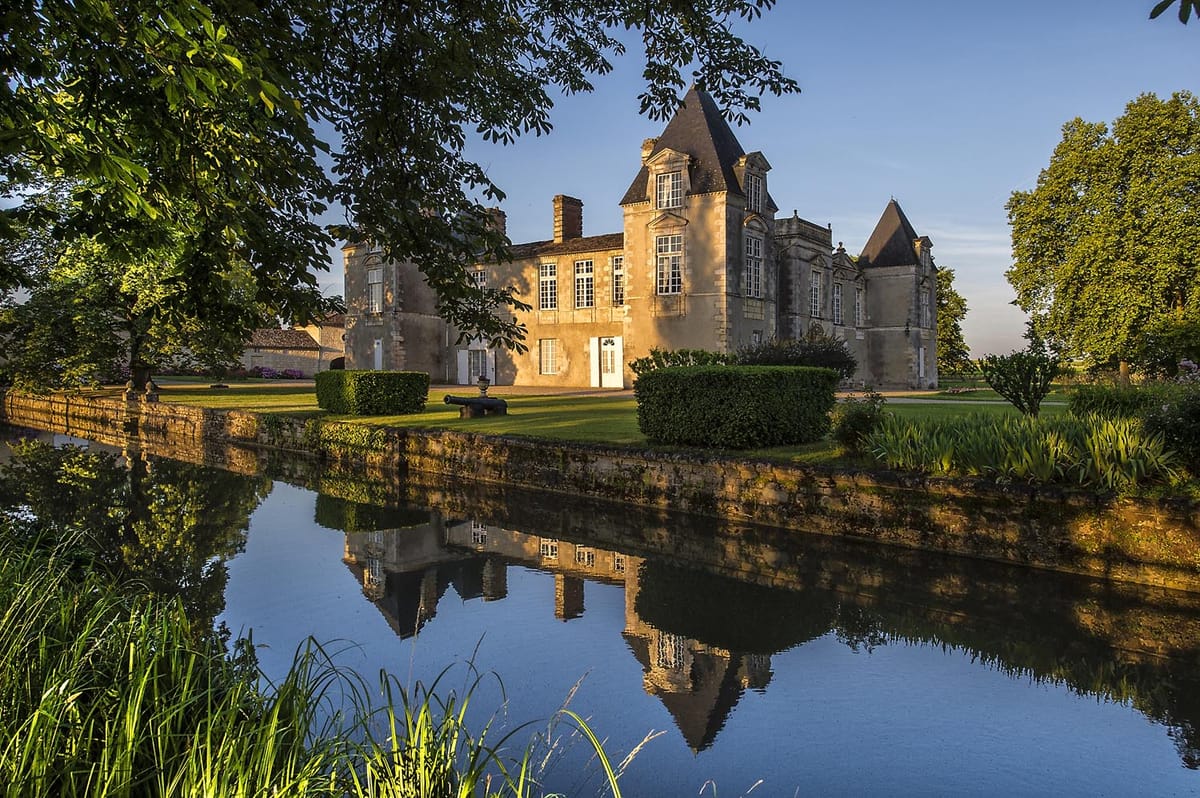
Located in the heart of the Margaux in Bordeaux is the third growth Château d’Issan. Here, centuries-old vines thrive in a distinctive terroir where surface gravel overlays a clay subsoil, ensuring optimal ripeness and freshness for its signature Cabernet Sauvignon and Merlot. The result is a wine that captures the quintessential Margaux bouquet - a blend of suppleness, subtlety, and refined elegance. Aged for 16 to 18 months in a combination of new and seasoned barrels, roughly 100,000 bottles are made each year. I am proud to have served 100's of bottles to my guests when I was a Sommelier in a Michelin-starred restaurant. So was particularly happy when Marion Malaurie from the Château agreed to answer my questions.
Can you share a personal favourite vintage of Château d’Issan and why it resonates with you?
The 2015 showcases a unique character with its distinctive fruity and smoky style, setting it apart from the other years. This exceptional vintage also marks the 70th anniversary of the Cruse family at Château d'Issan, making it a truly remarkable vintage for Margaux AOC.
Who is the longest-standing member of staff at the estate? Could you please ask them about their role and what they love about it so much, to stay for so long?
Marie-Hélène is the longest-standing member at the estate since 1981. She met her husband in the vineyard of d’Issan and they have 2 children which are also working here. Marie-Hélène focuses primarily on vineyard tasks, she loves nature and especially the perimeter wall where the historical plots are surrounded. She deeply cherishes the remarkable landscape that the domain d’Issan has.
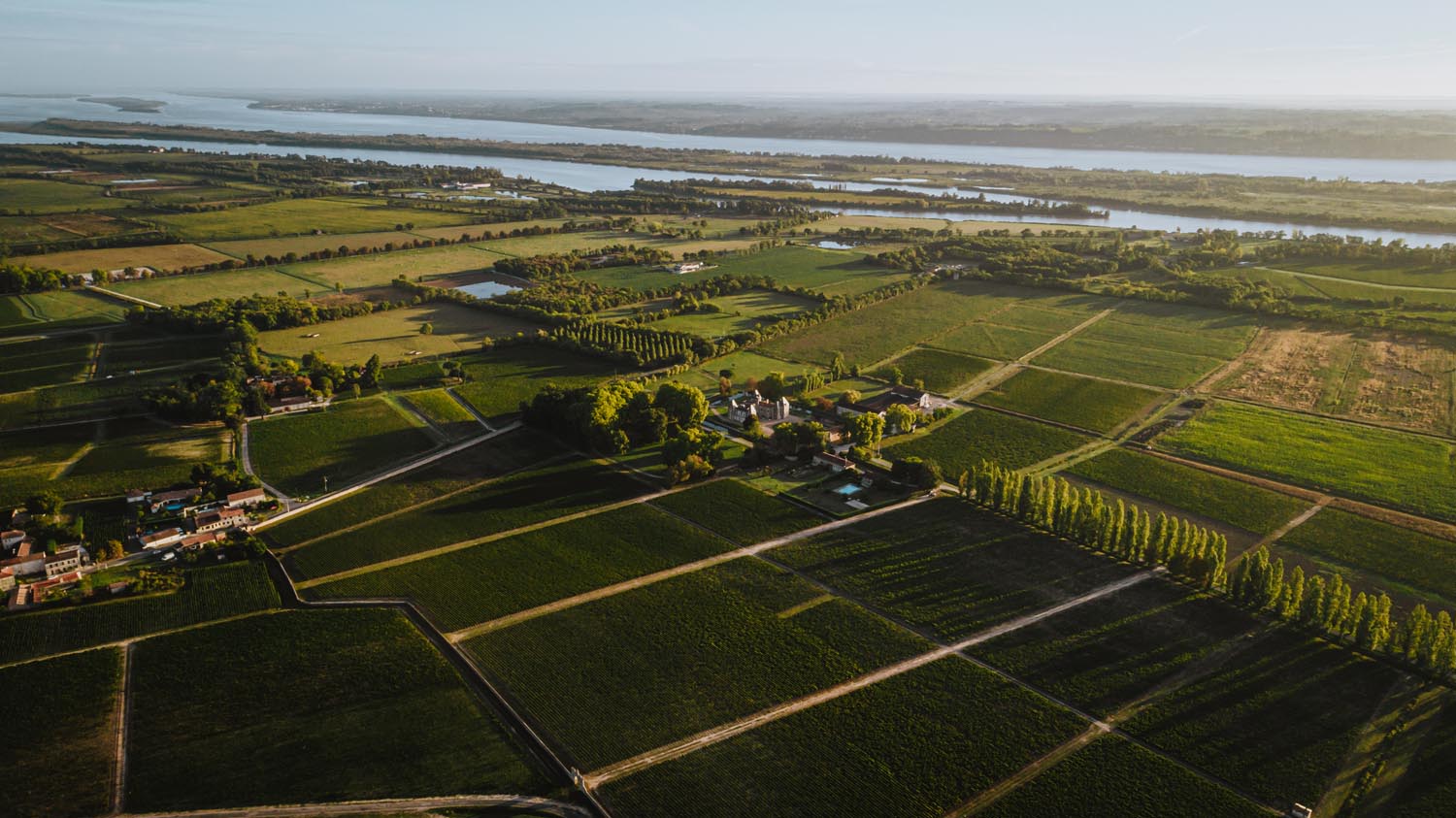
What is the oldest bottle you have in your cellars and how often do very old bottle get opened?
The collection showcases a range of vintage wines, with the oldest dating back to 1870. These wines are no longer served but instead stand as a tribute to the grandeur of the past.
Do the tour guides have a favourite story or piece of history about Château d’Issan that they love sharing with guests?
It always amazes our visitors to know that our wines were served for the wedding of Alienor d ’Aquitaine and Henri Plantagenet (Henri II) on the 18th of May 1152.
What is the most memorable or touching experience you’ve had with a visitor during a tour?
A truly emotional wedding proposal! The couple visited us two years ago, and she had no idea what he had planned for her—it was a complete surprise! For him, it had always been a dream to come here (they live in the USA), and his wife was genuinely shocked and deeply touched by the proposal. With the château's atmosphere and the traditional nature of his gesture, it was absolutely perfect. And of course, she said YES!
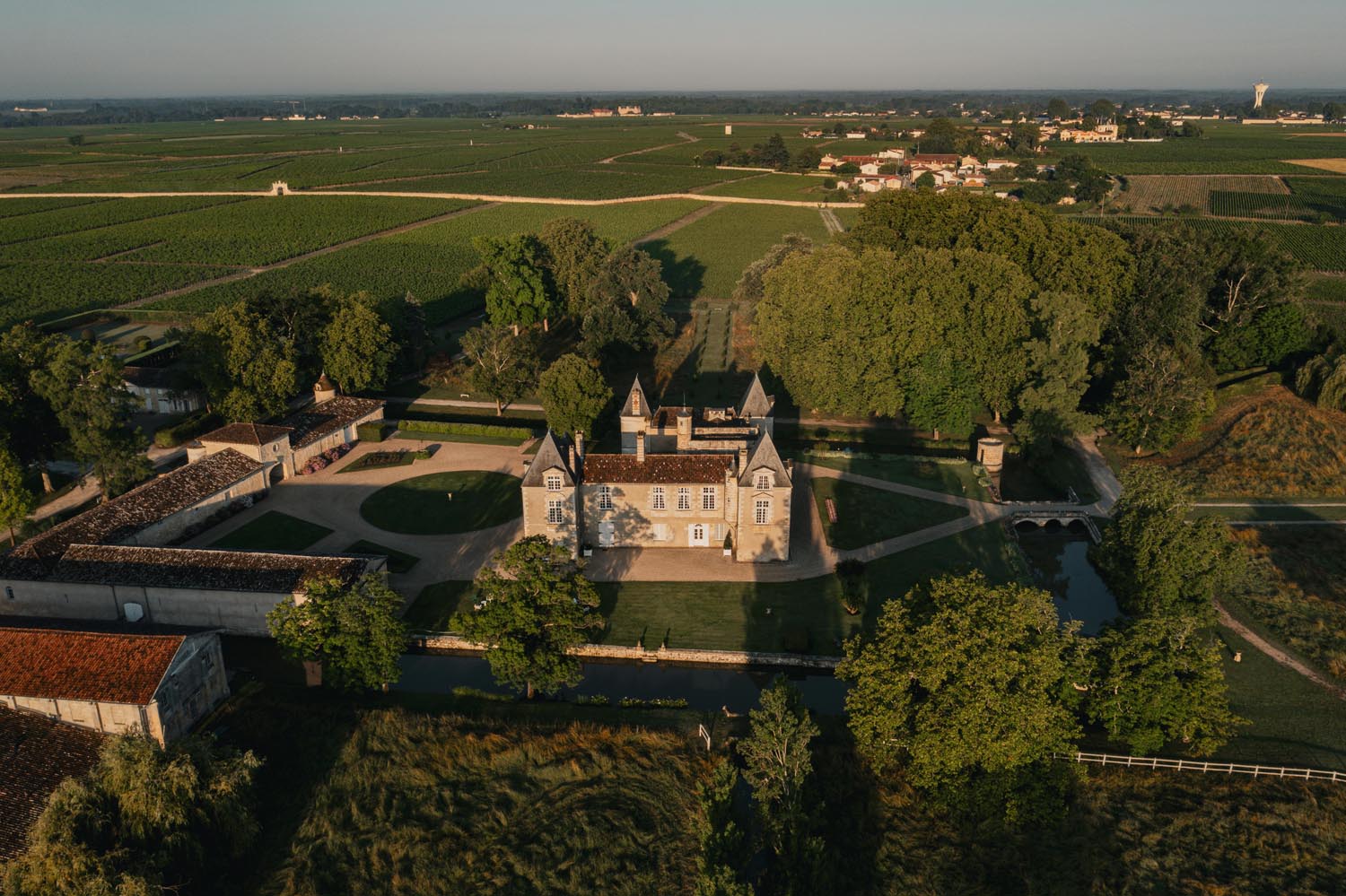
Can you explain the importance of blending in Bordeaux wines and how you decide which varieties to use in a particular blend?
Blending is an art that helps express the unique DNA of our different terroirs and the character of each vintage, shaped by the weather conditions. At Château d’Issan, we use all five grape varieties: Cabernet Sauvignon, Merlot, Cabernet Franc, Petit Verdot, and Malbec since the recent acquisition of a vineyard in 2020. Every year, the blending session takes place in January, guided by Eric Boissenot, our esteemed oenologist consultant since the 1990s.
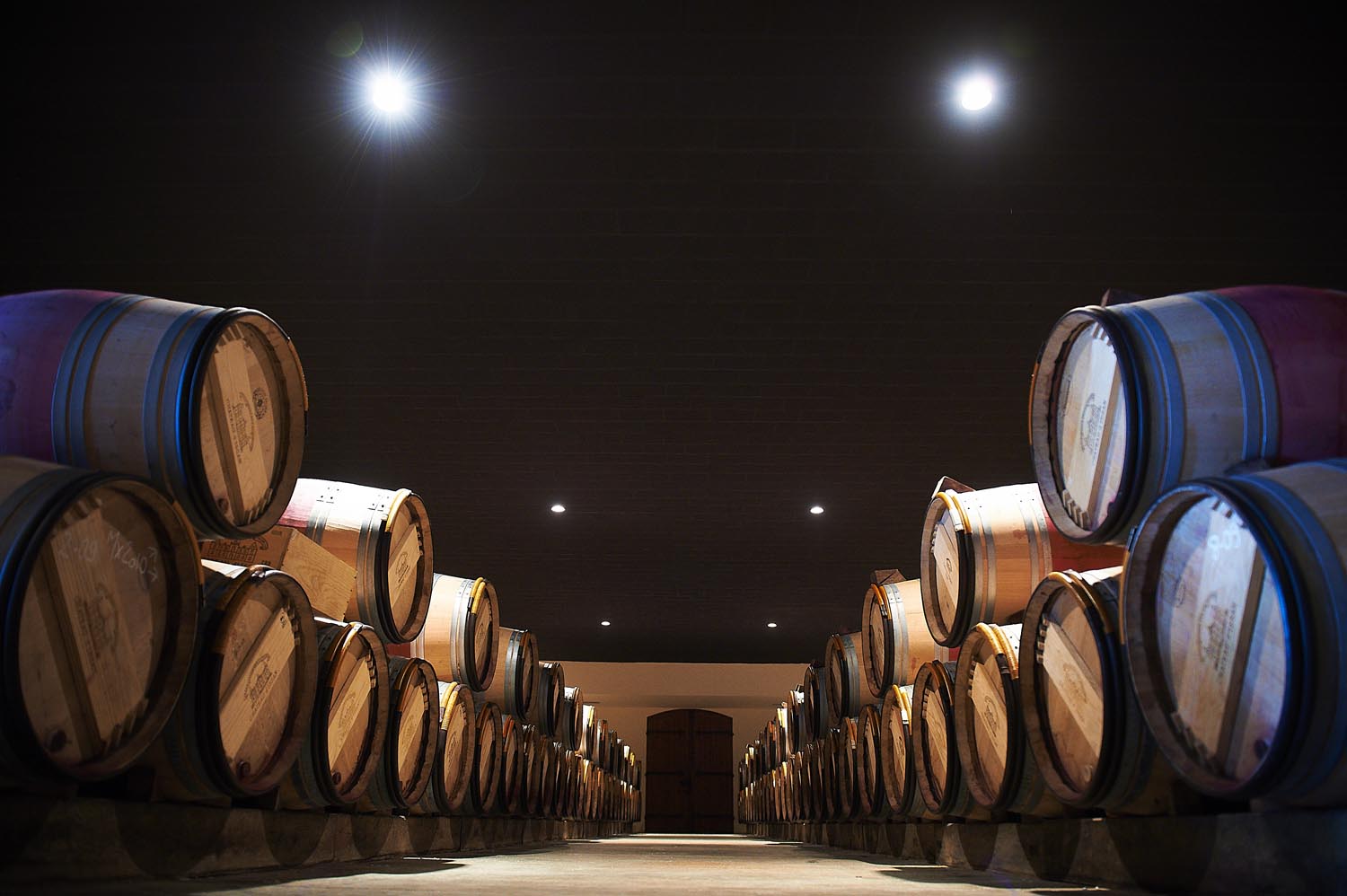
How do you manage tannin extraction in Bordeaux reds to achieve structure without overpowering the wine?
At the estate, we perform gentle pumping over, one of the most delicate methods of extraction. In recent years, we have also adopted the air pulse system. This offers the same purpose as pumping over, without any mechanical action, providing a very gentle extraction.
How do you approach racking during barrel ageing, and what are the key benefits of this process?
The process is still done by hand for each of our wines. Every 3 to 4 months, we perform the "soutirage à l’esquive" by gravity, without pumping. This method allows for greater precision and is the traditional ancestral technique.

